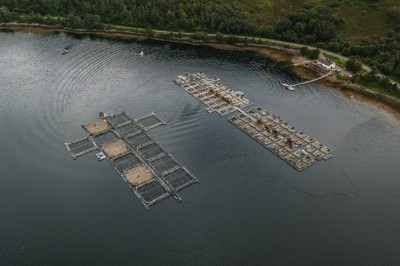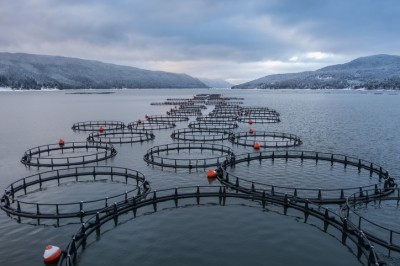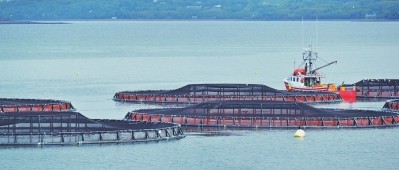IFFO expects big increase in use of fishmeal in pig feed in Asia

No changes are expected to that data in 2020, reported Dr Enrico Bachis, market research director at the international trade organisation that represents the marine ingredients industry, IFFO.
He was presenting last week, during a virtual two-day IFFO event, on marine ingredient demand globally for 2019 versus 2018 with a peak into trends for 2020.
Globally, last year saw the aquaculture sector stay on top as the biggest consumer of both fishmeal and fish oil, with a 78% share of fishmeal production and a 68% share of fish oil output.
The IFFO again anticipates little deviation in that respect but does forecast higher usage of fishmeal in pig and poultry feed and pet food this year. The organization predicts higher consumption levels of fish oil in the pet food sector as well for 2020.
Inclusion rates higher in monogastric feed
In 2019, Asia and China accounted for almost 70% of global fishmeal production, due in a large part to the scale of aquaculture industry in the region but it noted that the poultry and pig sectors in that part of the world saw big growth rates in terms of fishmeal inclusion rates.
In 2020, the IFFO believes pig feed should increase its global share further, particularly if the rate of recovery in the Chinese pig sector as predicted materializes towards the end of the year.
“The most surprising fact for me in the findings was the increase in the use of fishmeal in the pig sector in China,” said Bachis.
Expanding on that during his talk, he noted that Chinese pig feed producers today tends to have shifted away from backyard production to larger companies that are more reliant on compound feed, with those producers showing a tendency to use higher inclusion levels of fishmeal to improve resilience in their pigs as the sector recovers from the outbreak of African Swine Fever (ASF).
In terms of fishmeal consumption per aquaculture species, crustacean farming sector takes the lion’s share at 25%, followed by freshwater species at 21-22%; in third place for fishmeal consumption is the marine fish farming sector, which includes sea bream and seabass, at 15,9%, while, in close fourth, is the salmonids industry at 15%, with tilapia consumption reaching 9%.
There was little difference in fish oil consumption levels globally when comparing the data for 2019 against 2018, said the market research expert.
In 2019, consumption of fish oil in aquaculture, per region, was dominated by Europe, with its massive salmonids farming industry. Latin America came next. In 2020, though, the IFFO cautions that the salmonids’ share might decrease due to lower inclusion rates in Europe.
The pharma-grade, fish oil supplements sector remained stable in 2019, in terms of usage levels, with little growth expected there in 2020.












